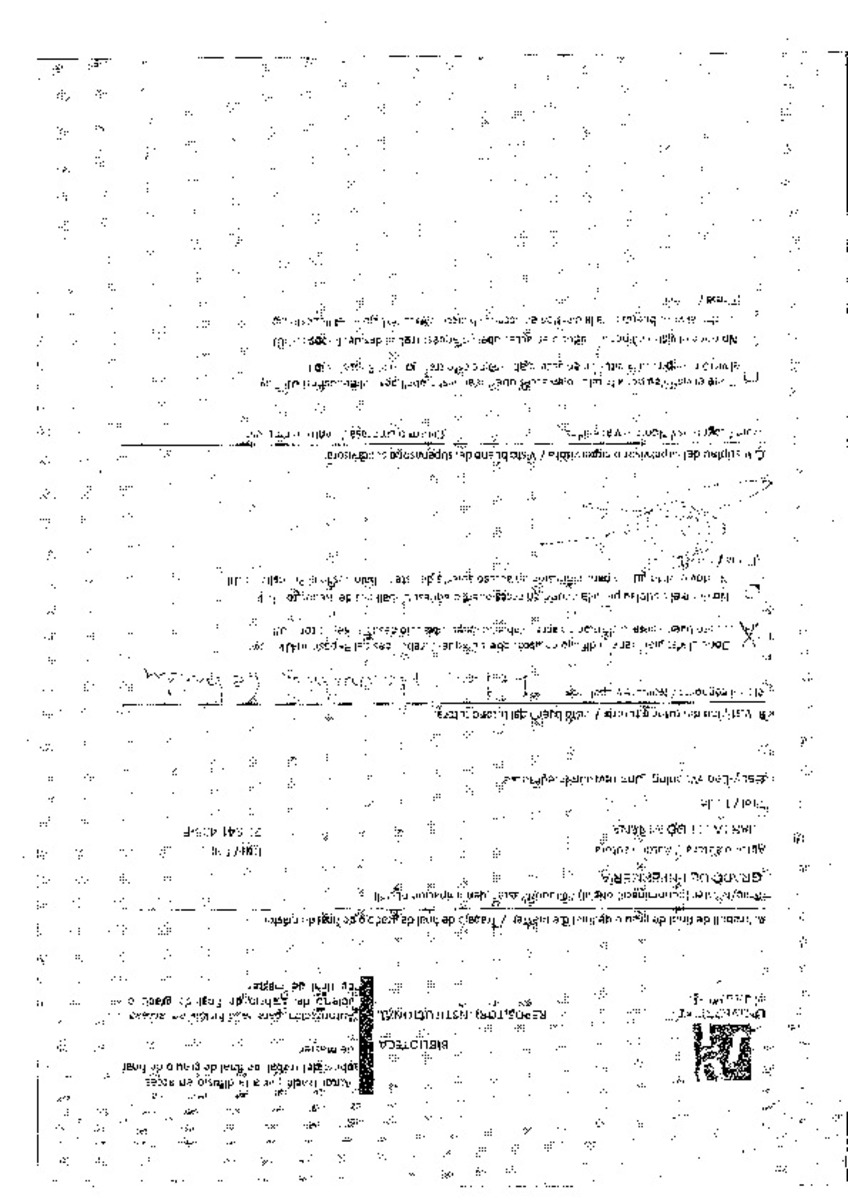Mostrar el registro sencillo del ítem
Baby-Led Weaning: Una revisión integradora
| dc.contributor.author | Lledó Miñana, Marta | |
| dc.contributor.other | Honrubia Cebrián, María Dolores | |
| dc.contributor.other | Universitat Jaume I. Unitat Predepartamental d'Infermeria | |
| dc.date.accessioned | 2020-09-08T09:34:18Z | |
| dc.date.available | 2020-09-08T09:34:18Z | |
| dc.date.issued | 2020-04-29 | |
| dc.identifier.uri | http://hdl.handle.net/10234/189583 | |
| dc.description | Treball Final de Grau en Infermeria. Codi: IN1138. Curs: 2019/2020 | ca_CA |
| dc.description.abstract | Background: Traditionally, complementary feeding has been based on the bet to purees and baby food, purchased or made with natural products. It is true that the blender is not essential, and this is demonstrated by the new complementary feeding method “Baby-Led Weaning” (BLW). It is a different complementary feeding method based on the baby’s own experimentation. The infant directs the process from the beginning towards varied feeding. The parents decide what to offer, but the baby autonomously, takes the food with his hands, deciding what to eat and how much. Currently, few experts have dared to strongly recommend this method or type of diet due to the limited existence of studies. Aims: Determine the evidence on the new method of complementary feeding Baby-Led Weaning. Methods: Integrative review of the literature on PubMed, The Cochrane Plus Library, The Virtual Health Library, SciELO and Trip Database. The research strategy was started by querying the descriptors in Medical Subject Headings (MeSH). Automatic filters such as "last five years", "full text", "English and Spanish" and "human studies" were used to filter the research. Afterwards, an evaluation of the methodological quality was made. Results: At the beginning a total of N=15.808 articles were found. After applying the automatic filters n=1.374 documents were obtained. Finally, when applying manual filters and methodological evaluation tools, a total of n=25 documents were obtained to bring out this study. Conclusion: There are very good conclusions from the benefits of BLW, however, the disadvantages such as iron intake or the risk of choking cause mistrust in health professionals and parents. BLISS may be a safer method, however there is insufficient evidence. | ca_CA |
| dc.description.abstract | Introducción: Tradicionalmente la alimentación complementaría se ha basado en la apuesta por los purés y potitos, bien comprados o realizados en el domicilio con productos naturales. Cierto es que la batidora no es indispensable, y así lo demuestra el novedoso método de alimentación complementaria que los últimos años ha dado que hablar, “Baby Led Weaning” (BLW) o destete dirigido por el bebé. Es él mismo quien dirige el proceso desde el inicio hacia la alimentación variada y a demanda. Los padres deciden qué ofrecerle, pero el lactante, de manera autónoma, coge con las manos la comida, decidiendo así que elige comer y cuanta cantidad. En la actualidad, pocos expertos se han atrevido a recomendar fuertemente este método o tipo de alimentación por la existencia limitada de estudios. Objetivos: Determinar la evidencia sobre el nuevo método de alimentación complementaria Baby-Led Weaning. Metodología: Revisión integradora de la literatura en las bases de datos: PubMed, La Biblioteca Cochrane Plus, La Biblioteca Virtual de la Salud, SciELO y Trip Database. La estrategia de búsqueda se inició consultando los descriptores en Medical Subject Headings (MeSH). Para filtrar la búsqueda se utilizaron filtros automáticos como, “últimos cinco años”, “full text”, “inglés y español” y “estudios en humanos”. Posteriormente, se hizo una evaluación de la calidad metodológica. Resultados: Inicialmente se encontraron un total de N=15.808 artículos. Tras aplicar los filtros automáticos se obtuvieron n=1.374 documentos. Finalmente, al aplicar los filtros manuales y las herramientas de evaluación metodológica se obtuvo un total de n=25 documentos para la realización del presente trabajo. Conclusiones: Se sacan conclusiones muy buenas de los beneficios que aporta el BLW, sin embargo, las desventajas como el insuficiente aporte de hierro, energía o el riesgo de asfixia producen desconfianza en profesionales de la salud y en madres y padres. Es posible que el BLISS sea un método más seguro, sin embargo, no existe evidencia suficiente. | ca_CA |
| dc.format.extent | 54 p. | ca_CA |
| dc.format.mimetype | application/pdf | ca_CA |
| dc.language.iso | spa | ca_CA |
| dc.publisher | Universitat Jaume I | ca_CA |
| dc.rights | Attribution-NonCommercial-NoDerivatives 4.0 Internacional | * |
| dc.rights.uri | http://creativecommons.org/licenses/by-nc-nd/4.0/ | * |
| dc.subject | Grau en Infermeria | ca_CA |
| dc.subject | Grado en Enfermería | ca_CA |
| dc.subject | Bachelor's Degree in Nurisng | ca_CA |
| dc.subject | Infant | ca_CA |
| dc.subject | Complementary feeding | ca_CA |
| dc.subject | Infant nutritional physiological phenomena | ca_CA |
| dc.subject | Weaning and feeding methods. | ca_CA |
| dc.subject | Lactante | ca_CA |
| dc.subject | Fenómenos fisiológicos y nutricionales del lactante | ca_CA |
| dc.subject | Destete | ca_CA |
| dc.subject | Métodos de alimentación | ca_CA |
| dc.title | Baby-Led Weaning: Una revisión integradora | ca_CA |
| dc.type | info:eu-repo/semantics/bachelorThesis | ca_CA |
| dc.educationLevel | Estudios de Grado | ca_CA |
| dc.rights.accessRights | info:eu-repo/semantics/openAccess | ca_CA |
Ficheros en el ítem
Este ítem aparece en la(s) siguiente(s) colección(ones)
-
Grau en Infermeria [422]
IN1138








